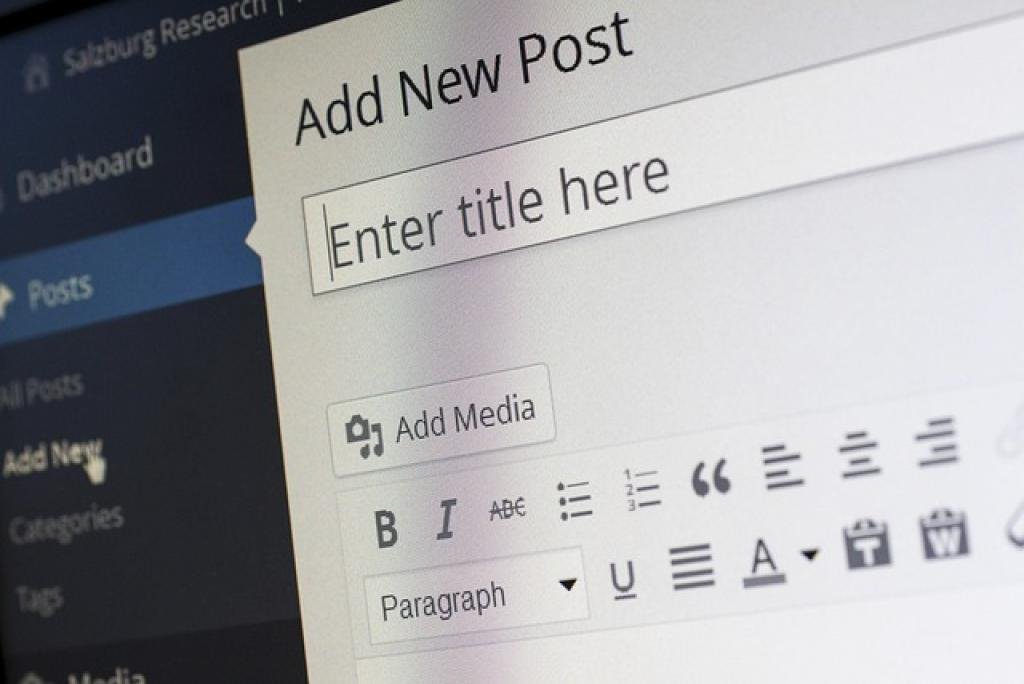Ultimate Guide to WordPress Speed Optimization

In today’s fast-paced digital world, speed is king. When your website takes longer than a few seconds to load, potential visitors might click away before ever seeing your amazing content. This makes website speed not just a technical issue, but a crucial element of user experience and conversion rates.
If you’re using WordPress, you’re in luck. There’s a vast array of tools and techniques designed specifically to help your site zip along at lightning speed. From tweaking caching settings to optimizing images, these small changes can make a big difference.
In this ultimate guide, we’ll explore everything you need to know to turbocharge your WordPress site. Whether you’re a newbie or a seasoned developer, these tips will help ensure your site’s performance is up to snuff. Stay tuned as we dive into actionable steps, smart tools, and expert advice to make your WordPress site lightning-fast and ready for the web’s ever-evolving demands.
Understanding the Importance of Website Speed
Website speed is more than just a technological challenge; it’s a vital component of your online presence. A fast-loading site not only enhances user experience but also plays a significant role in search engine rankings. Google and other search engines prioritize speed, meaning a slow site could hurt your visibility.
Fast websites also keep visitors engaged. Nobody wants to wait around for a page to load. Studies show that even a one-second delay can lead to a significant drop in page views and customer satisfaction. Keeping your site speedy ensures that visitors stick around, explore your content, and eventually take action.
In light of this, speed impacts more than just the users. It’s critical for SEO. Search engines factor in load times when determining page rankings. A faster site could mean higher placement in search results, bringing more organic traffic your way.
In the age of mobile browsing, a quick-loading site is even more crucial. Mobile users demand speed, and if your pages lag, they’re likely to bounce to a competitor faster than you can say "buffering."
Speed optimization isn’t just optional—it’s essential for keeping your digital audience engaged and satisfied. In the next sections, we’ll explore actionable strategies to meet this demand.
Key Factors Affecting WordPress Speed
Improving your WordPress speed begins with understanding what’s slowing it down. Several key factors can impact your site’s performance, and addressing them is crucial for a snappy user experience.
Web Hosting Quality
Your choice of hosting provider plays a pivotal role. A reliable, high-performance host offers the foundation for a fast site. Shared hosting might be cost-effective but can often lead to slowdowns due to server strain from numerous sites. Opt for WordPress-optimized hosting or a VPS for better results.
Image Optimization
Images are heavyweight champions in the loading speed contest. Large, unoptimized images can drag down your site’s speed. Using tools or plugins to compress and resize images while maintaining quality can make a noticeable difference.
Themes and Plugins
The theme you use, and the number of plugins installed can also affect speed. Lightweight themes designed with performance in mind will help minimize load times. Also, each plugin can add to server requests, so ensure they are necessary and updated.
Content Delivery Network (CDN)
Implementing a CDN distributes your site’s static content across global servers, bringing it closer to users. This reduces latency and accelerates load times, especially for international visitors.
Addressing these factors will set the stage for significant speed improvements. Stay tuned as we delve into advanced techniques and tools to further boost your WordPress performance.
Optimizing Images and Media Files
Images and media files often account for the bulk of your website’s weight, impacting its loading speed significantly. Efficiently managing these assets is key to boosting performance.
Image Compression Tools
Utilizing image compression tools is a surefire way to reduce file sizes without losing quality. Plugins like Smush and ShortPixel automatically compress images as you upload them. Alternatively, online tools like TinyPNG offer an easy way to slim down images before adding them to your media library.
Proper Formats and Sizes
Choosing the right image format and size also matters. For photographs, JPEG is ideal due to its balance of quality and size. PNG is perfect for graphics with transparency. SVG, being vector-based, is optimal for logos and icons as it’s both scalable and lightweight. Also, always scale images to the maximum display size necessary for your layout to avoid unnecessary file size.
Lazy Loading
Lazy loading prioritizes visible content, loading images only as they enter the viewport. This approach reduces initial load times, offering a smoother browsing experience. Many caching plugins come with lazy loading capabilities built-in, making it easy to implement.
By making these tweaks to how you manage your media files, you’re taking a significant step toward a faster, leaner WordPress site. Let’s continue refining your site with even more expert strategies in the sections ahead.

Utilizing Caching Techniques
Caching is one of the most effective ways to enhance your WordPress site’s speed. By storing static copies of your web pages, caching reduces the need for repeated database queries, accelerating load times significantly.
Browser Caching
Browser caching instructs the visitor’s browser to store certain files locally for a defined period. This means that when a user revisits your site, their browser will load previously stored files instead of downloading them again. It’s a simple yet powerful way to reduce server load and speed up page delivery for returning visitors.
Page Caching Plugins
WordPress offers numerous plugins to manage caching efficiently. Tools like W3 Total Cache, WP Super Cache, and WP Rocket provide easy-to-use solutions to set up page caching with just a few clicks. These plugins generate static HTML versions of your dynamic pages, delivering them faster to your audience.
Object Caching
For more advanced users, object caching is another layer to consider. It stores frequently accessed data that would otherwise require database calls, thereby boosting speed. Solutions like Redis or Memcached integrate with WordPress to provide object caching functionality.
Implementing these caching techniques will keep your site performing at its best, ensuring users enjoy a swift, seamless experience. As we continue, we’ll explore more nuanced strategies to further elevate your WordPress site’s performance.
Implementation of Content Delivery Networks (CDN)
A Content Delivery Network (CDN) can be a game-changer for your WordPress site’s speed by distributing your content globally. This network of servers ensures that your site loads swiftly for users, regardless of their location.
When someone visits your site, a CDN delivers the content from a server closest to them. This minimizes the physical distance data must travel, reducing latency and speeding up load times. This is especially beneficial for international users, ensuring consistent performance across different regions.
Implementing a CDN is straightforward and often integrated with WordPress caching plugins. Popular CDNs like Cloudflare, Amazon CloudFront, and BunnyCDN offer easy setups, and they seamlessly work with most hosting providers.
Beyond speed, CDNs provide additional benefits. They help mitigate traffic spikes by balancing loads across multiple servers, reducing downtime during high-demand periods. CDNs also enhance security by protecting against DDoS attacks, adding an extra layer of defense to your site.
Integrating a CDN is a smart move for maintaining a fast, resilient website. As we move forward, we’ll look into other optimizations that can further streamline your WordPress setup.
Conclusion
Optimizing your WordPress site for speed isn’t just a technical tweak; it’s a crucial strategy that can significantly impact user experience and search engine rankings. By focusing on the key areas we’ve discussed, you can transform your site into a fast, efficient platform that keeps visitors engaged and returning for more.
First, recognize the fundamental role of quality web hosting and choose a provider that supports your speed aspirations. Coupled with effective image optimization, which tackles the heavy lifting related to media files, you’re setting a solid foundation for performance gains.
Next, dive into caching techniques. Caching reduces server strain and improves load times significantly by serving up static versions of your site content quickly and efficiently. When combined with smart use of CDNs, your site becomes a global powerhouse, instantly delivering content to visitors near and far.
Remember, each optimization step brings you closer to the goal—a seamless, lightning-fast website. While it might seem daunting initially, taking these steps one at a time makes the process manageable and rewarding.
In the digital age, speed is not a luxury but a necessity. By continuously refining these techniques, you not only boost speed but also enhance overall site functionality and user satisfaction. So, roll up your sleeves and start optimizing today. Your faster, more responsive WordPress site awaits!


